Creating a space that allows you to garden peacefully while maintaining natural snake deterrence is both an art and a science. Whether you’re an avid gardener with ophidiophobia (fear of snakes) or simply prefer to keep these reptiles at a distance from your growing spaces, a snake-safe greenhouse or garden is achievable with thoughtful planning and implementation. This comprehensive guide will walk you through practical strategies to create a beautiful growing environment that naturally discourages snake visits without harming these important members of our ecosystem.
Understanding Snake Behavior: The First Step in Prevention
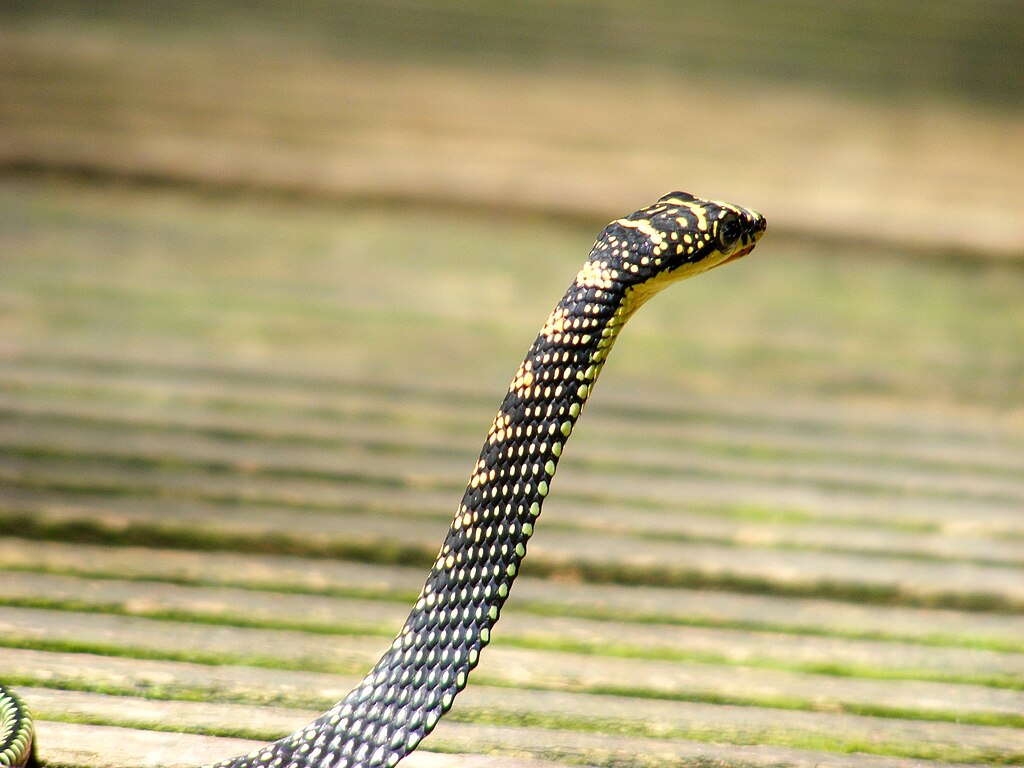
Snakes are drawn to environments that offer shelter, food sources, and suitable temperature conditions—understanding these preferences is crucial for effective deterrence. Most snakes enter gardens and greenhouses in search of rodents, amphibians, and other small prey, or to find protection from predators and weather extremes. They particularly favor cluttered areas with tall grass, rock piles, wood stacks, and dense vegetation that provide hiding spots and hunting grounds. Snakes are also ectothermic (cold-blooded), meaning they’re attracted to warm surfaces for thermoregulation, especially in cooler climates or seasons. By recognizing these behavioral patterns, you can make informed decisions about how to modify your garden environment to make it less appealing to serpentine visitors.
Smart Structural Design for Snake Exclusion

The physical structure of your greenhouse or garden perimeter forms your first line of defense against unwanted snake entry. Install fine mesh screening (¼ inch or smaller hardware cloth) around the base of greenhouse walls and doors, burying it at least 6-12 inches below ground at a 30-degree outward angle to prevent snakes from slithering underneath. For garden beds, consider raised designs with solid sides rather than open lattice, as this creates fewer entry points and reduces ground-level access. Ensure that all doors have tight-fitting thresholds with no gaps larger than ¼ inch, and regularly inspect the structure for potential entry points like cracks in foundations or tears in screening. Remember that even small juvenile snakes can squeeze through surprisingly narrow openings, so thoroughness in your structural barriers is essential for effective exclusion.
Strategic Plant Selection and Placement

Certain plants naturally repel snakes due to their strong odors, rough textures, or chemical properties. Incorporate snake-repelling plants like marigolds, lemongrass, garlic, onions, and society garlic throughout your garden beds and around the perimeter of your greenhouse. Plants with prickly or rough foliage such as holly and juniper can also discourage snake movement. Create intentional spacing between plant groupings rather than allowing dense, continuous vegetation that provides hidden travel corridors for snakes. Position these deterrent plants strategically near potential entry points, along fence lines, and in transitional areas between structures and open spaces. This botanical barrier method not only helps repel snakes but also enhances your garden’s biodiversity and visual appeal with thoughtfully selected plantings.
Ground Cover Considerations
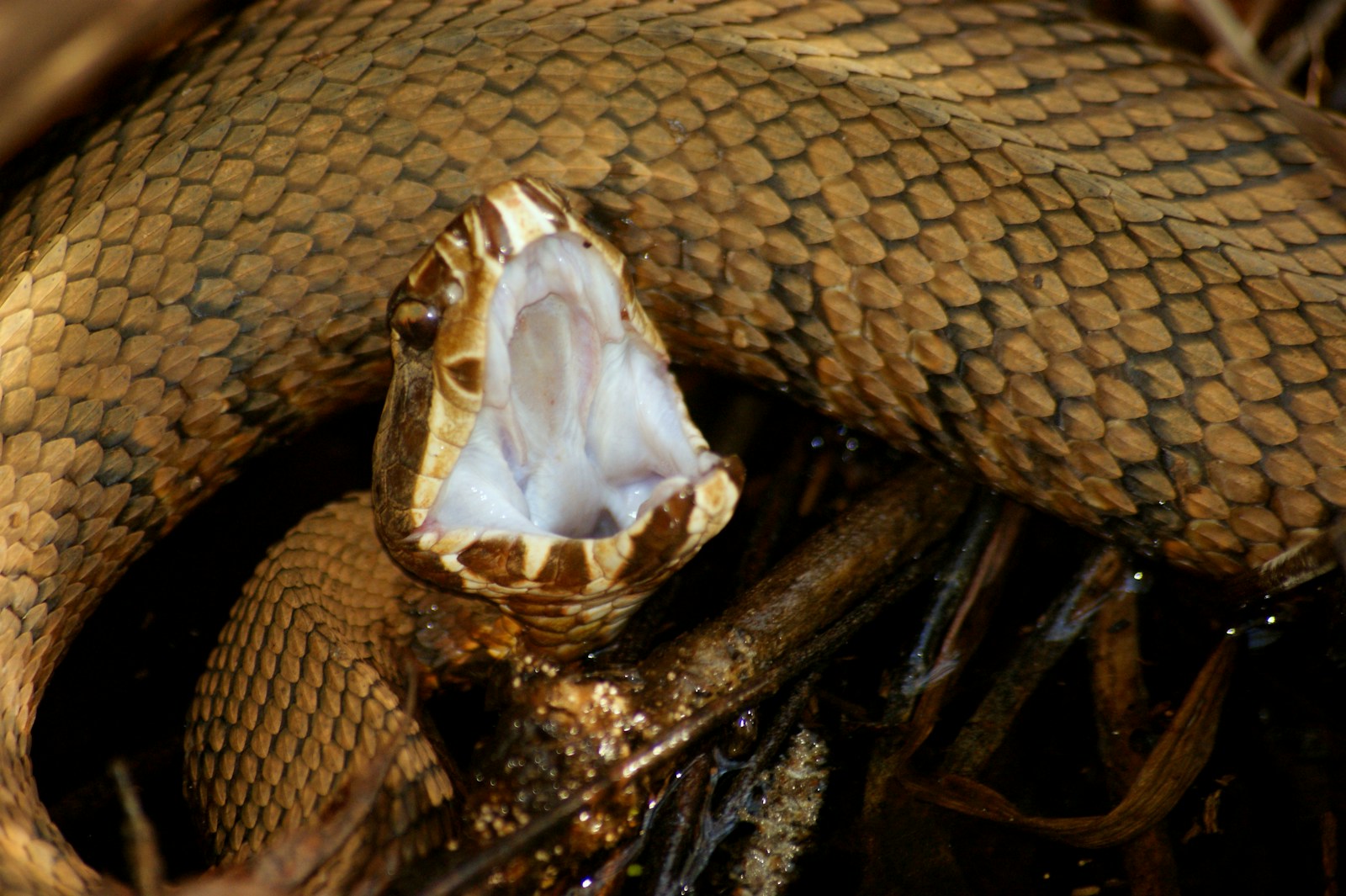
The materials you choose for pathways and ground covering significantly impact snake comfort and mobility in your garden space. Opt for rough textured materials like crushed gravel, pea gravel, or coarse mulch that snakes find uncomfortable to traverse rather than smooth surfaces or dense ground covers that provide concealment. Sharp materials like eggshells, diatomaceous earth, or holly leaves strategically placed in border areas can create natural barriers that snakes prefer to avoid. Keep mulch layers relatively thin (2-3 inches) rather than deep and fluffy, as thick mulch provides excellent hiding spots for snakes and their prey. Around the greenhouse perimeter, consider creating a 2-3 foot wide gravel or rock barrier zone that provides clear visibility and minimal cover, making snakes feel exposed and vulnerable when attempting to cross.
Eliminating Hiding Spots and Shelter
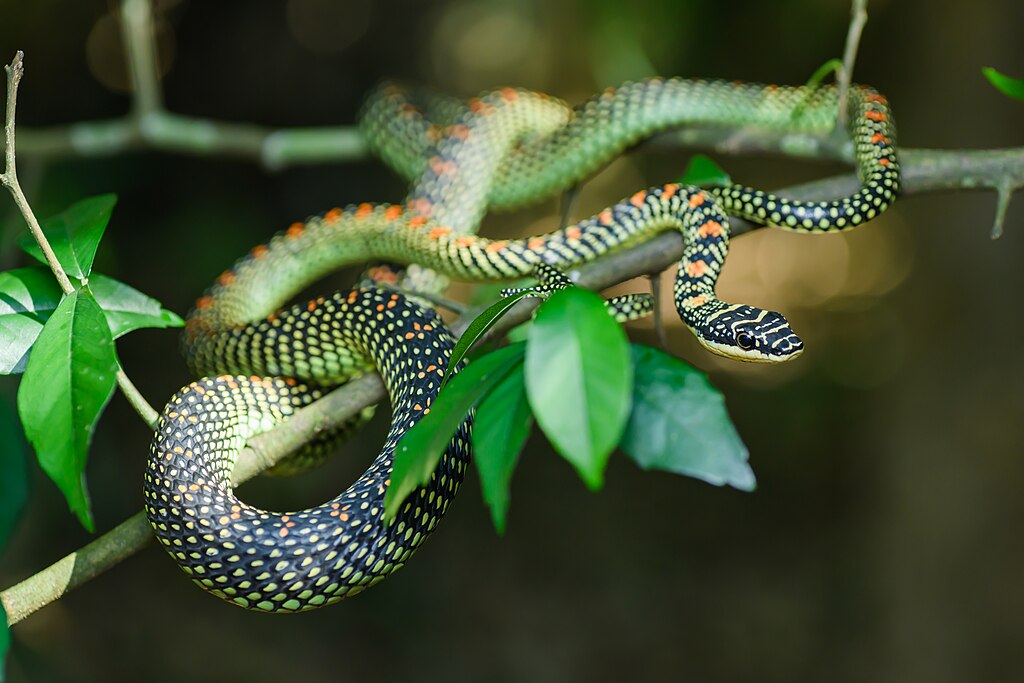
Snakes seek out protected spaces where they can hide from predators and regulate their body temperature, making clutter reduction an essential strategy for snake-safe spaces. Regularly inspect and remove any unnecessary debris, equipment piles, stacked materials, or accumulated leaf litter both inside and around your greenhouse. Store pots, trays, and gardening tools on elevated shelving rather than directly on the ground where they could create snake-friendly hiding spots. If you need to keep compost piles or brush piles on your property, position them as far as possible from your growing areas and consider enclosing them in snake-proof wire mesh. Create a habit of promptly clearing plant trimmings and garden waste rather than allowing temporary piles to accumulate, as these can quickly become attractive snake habitat during even short periods.
Rodent Control: Eliminating the Snake’s Primary Food Source

The most effective long-term snake deterrent is eliminating their food sources, with rodents being the primary attraction for many common garden snakes. Implement comprehensive rodent control measures by securing all seeds, bulbs, and feeds in metal containers with tight-fitting lids rather than bags or plastic tubs that can be chewed through. Consider installing owl boxes or raptor perches near (but not directly over) your garden to encourage natural predation of mice and voles. Remove fallen fruit promptly and avoid leaving pet food outdoors, as these attract mice that subsequently attract snakes. For greenhouse spaces, regularly inspect for rodent entry points and consider using ultrasonic repellers, snap traps, or other humane control methods before a population can establish itself and subsequently attract hunting snakes.
Water Management to Discourage Amphibian Prey
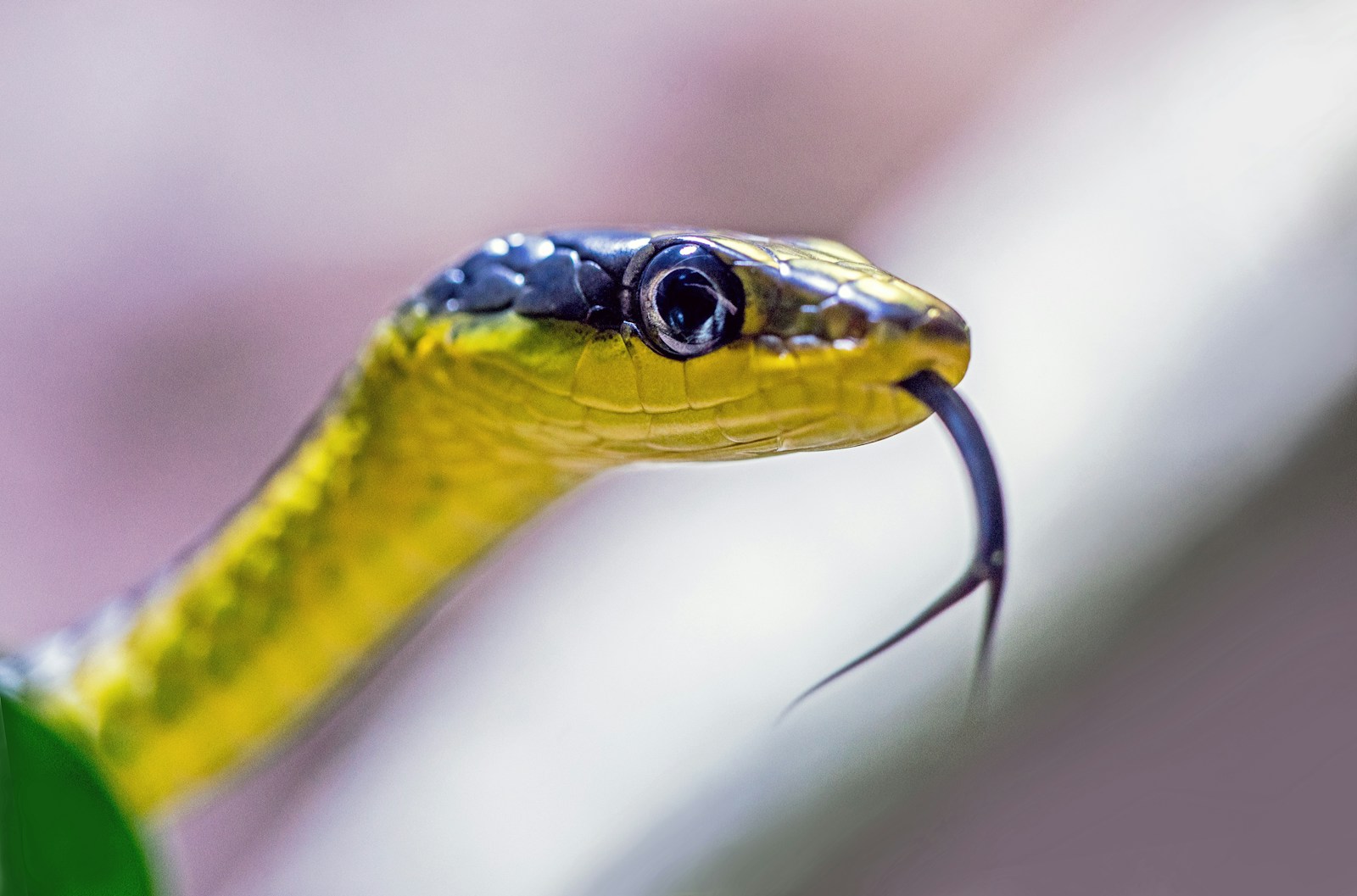
Water features and moisture-rich environments attract both amphibians and the snakes that prey upon them, making thoughtful water management crucial for snake deterrence. Design irrigation systems that provide adequate moisture for plants without creating puddles or consistently damp areas where frogs and toads might congregate. If you have decorative water features, consider placing them farther from your primary growing areas or adding fine mesh barriers that prevent amphibian access while preserving the aesthetic benefits. Maintain proper drainage throughout your greenhouse and garden beds, using raised designs, drainage channels, or French drains to prevent water accumulation. Remember that managing moisture doesn’t mean creating drought conditions – rather, it’s about finding the balance that supports plant health without creating the wet, amphibian-friendly environments that subsequently attract snakes.
Natural Repellents and Deterrents
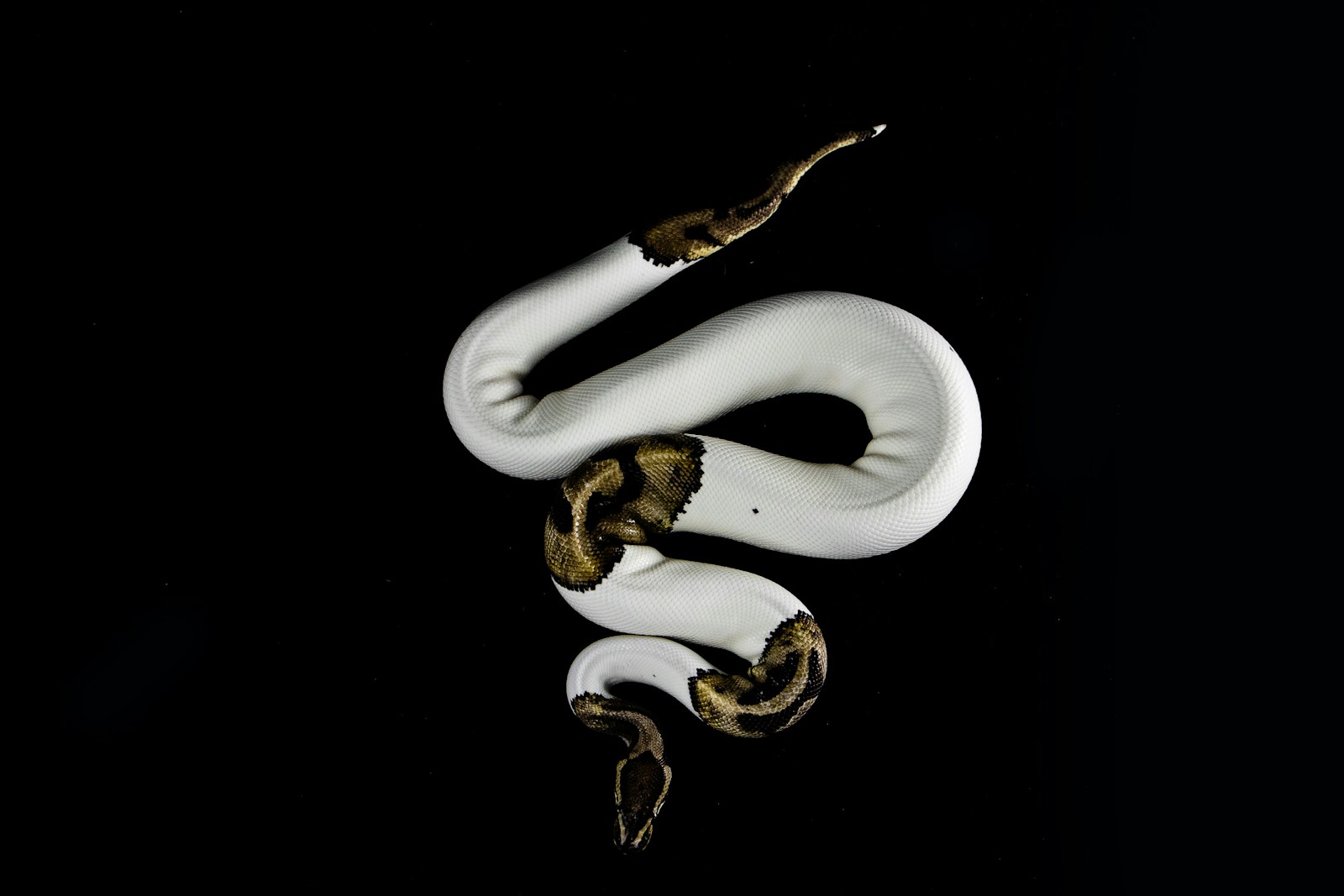
Various natural substances can create unpleasant sensory experiences for snakes without introducing harmful chemicals to your growing environment. Sprinkle sulfur powder, finely crushed eggshells, or diatomaceous earth around the perimeter of your greenhouse and garden beds to create barriers that irritate snakes’ sensitive undersides. Essential oils like cinnamon, clove, and eugenol have shown promise as snake deterrents when mixed with water and carrier oil, then sprayed along boundaries and potential entry points. Some gardeners report success with commercially available predator urine (like fox or coyote) applied around the garden perimeter, which triggers snakes’ instinctual avoidance responses. These natural approaches may require more frequent reapplication than chemical alternatives, particularly after rain or irrigation, but offer the significant advantage of being environmentally friendly and safe for use around food crops.
Commercial Snake Repellent Options
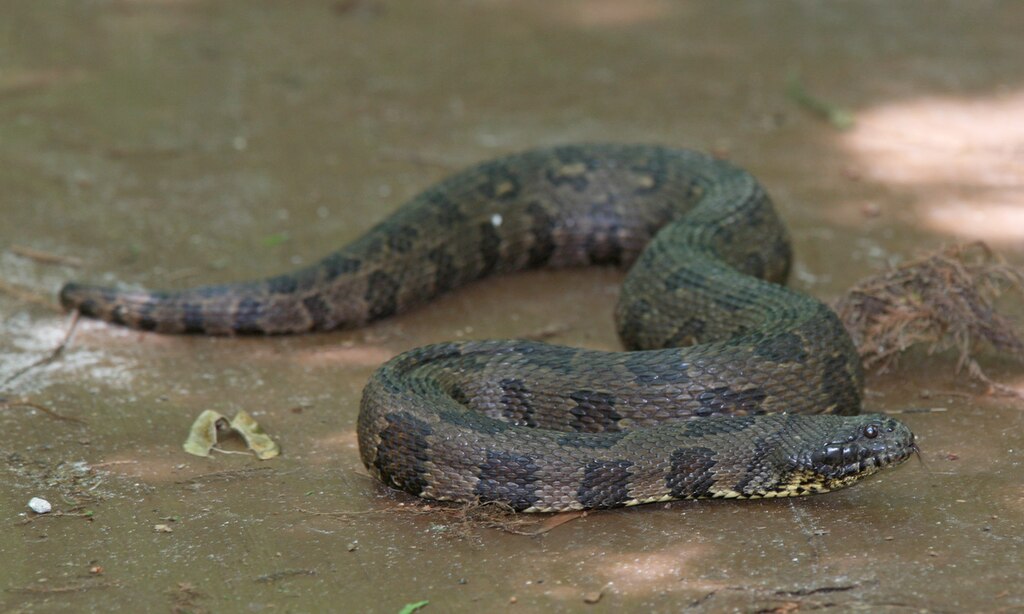
When natural methods need reinforcement, commercial snake repellents can provide an additional layer of protection for your growing spaces. Choose products containing natural ingredients like cinnamon oil, clove oil, or cedar oil rather than naphthalene (mothball) based repellents, which can be toxic to beneficial organisms and potentially contaminate soil. Ultrasonic repellers that emit vibrations unpleasant to snakes but imperceptible to humans are available as solar-powered options suitable for garden use. Electronic snake fencing that delivers a mild shock upon contact creates an effective perimeter barrier without visually disrupting your garden aesthetic. Remember that commercial repellents work best as part of a comprehensive approach rather than a standalone solution, and always follow manufacturer directions regarding application frequency and placement for maximum effectiveness.
Creating Visual Barriers and Boundaries
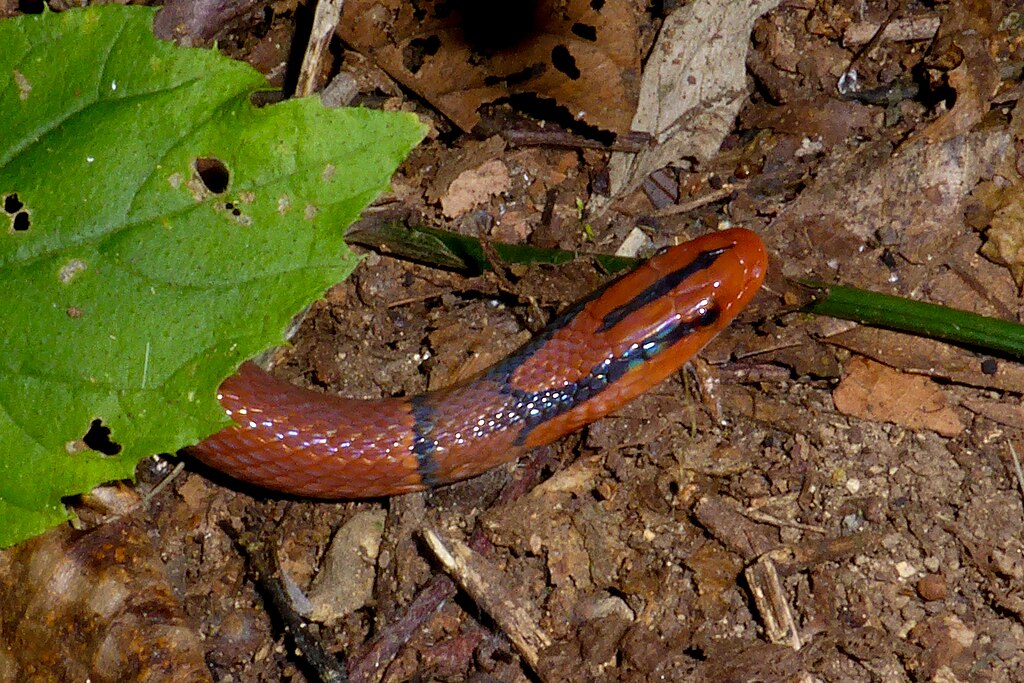
Snakes prefer to travel along boundaries and edges rather than across open spaces where they feel vulnerable to predators, making strategic visual barriers an effective deterrent. Install solid fencing materials that extend at least 6 inches underground to prevent snakes from pushing beneath them. Consider adding an outward-facing lip at the top of fences to prevent climbing species from accessing your garden from above. For aesthetic appeal, consider decorative metal mesh panels or vinyl-coated hardware cloth that can be incorporated into garden design elements while still providing effective snake exclusion. The visual barrier approach works best when combined with a clear zone immediately inside the boundary – preferably gravel or another uncomfortable substrate – creating a perimeter that snakes can see but are reluctant to cross.
Maintenance Practices That Minimize Snake Encounters
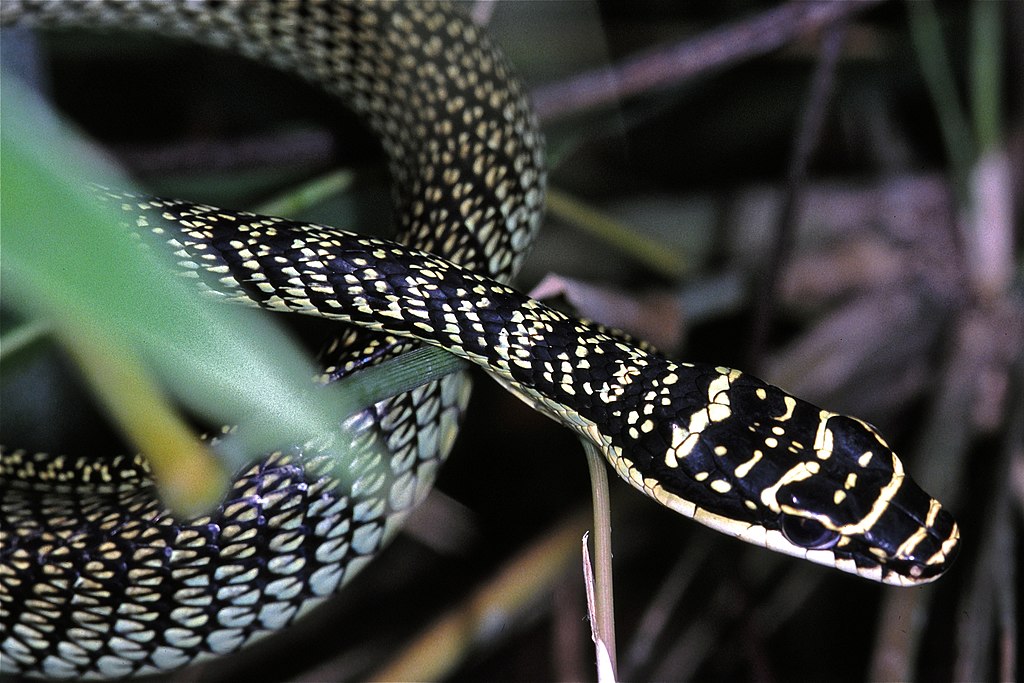
Regular maintenance routines can significantly reduce the likelihood of surprising a snake during gardening activities. Establish a habit of creating noise when entering the greenhouse or garden by talking, singing, or deliberately rustling plants, as most snakes will retreat from human presence when given advance warning. Wear thick gloves and high boots when working in areas where visibility is limited, such as dense foliage or ground cover. Schedule regular “snake checks” of prone areas like compost bins, dense plantings, and water features, ideally during mid-morning when snakes are active but not yet at peak movement. Maintain a routine of trimming plants away from structures, keeping grass short around garden perimeters, and regularly inspecting and maintaining structural exclusion features like screens and door sweeps to ensure continued effectiveness.
Safe Snake Removal Techniques
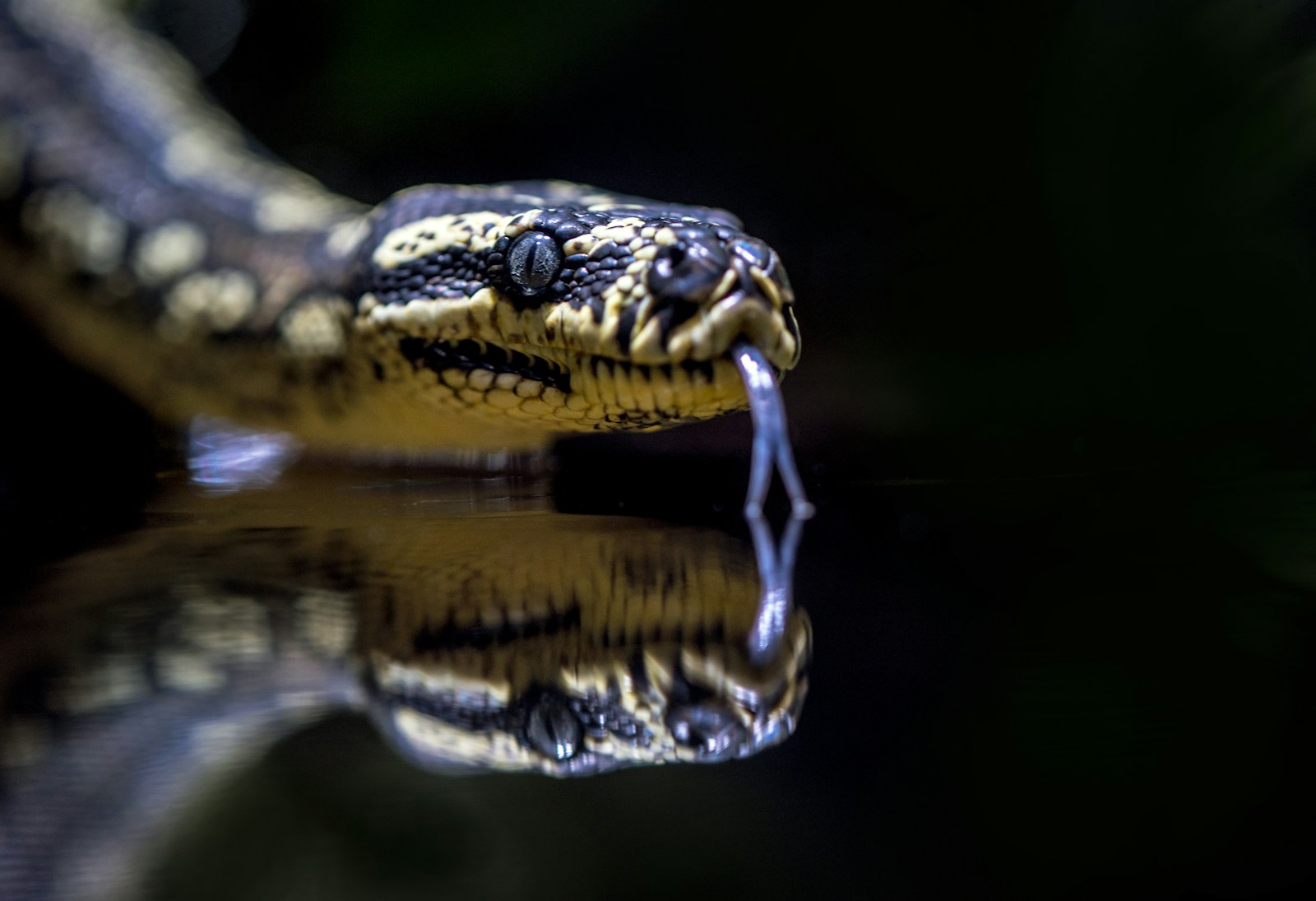
Despite your best preventive efforts, occasionally snakes may find their way into your garden spaces, requiring safe removal practices. Keep a snake tong or hook and a large lidded bucket accessible for emergency capture situations, particularly if venomous species are common in your region. For non-venomous snakes, gently guide them into a container using a broom or garden tool rather than attempting bare-handed capture, then release them in natural habitat areas at least half a mile from your property. In regions with venomous species, maintain contact information for professional wildlife removal services and learn to identify dangerous snakes common to your area. Remember that in many jurisdictions, certain snake species are protected by law, making it illegal to kill them even on private property—safe relocation is not only more humane but often the legally required approach.
Balancing Snake Deterrence with Ecological Benefits
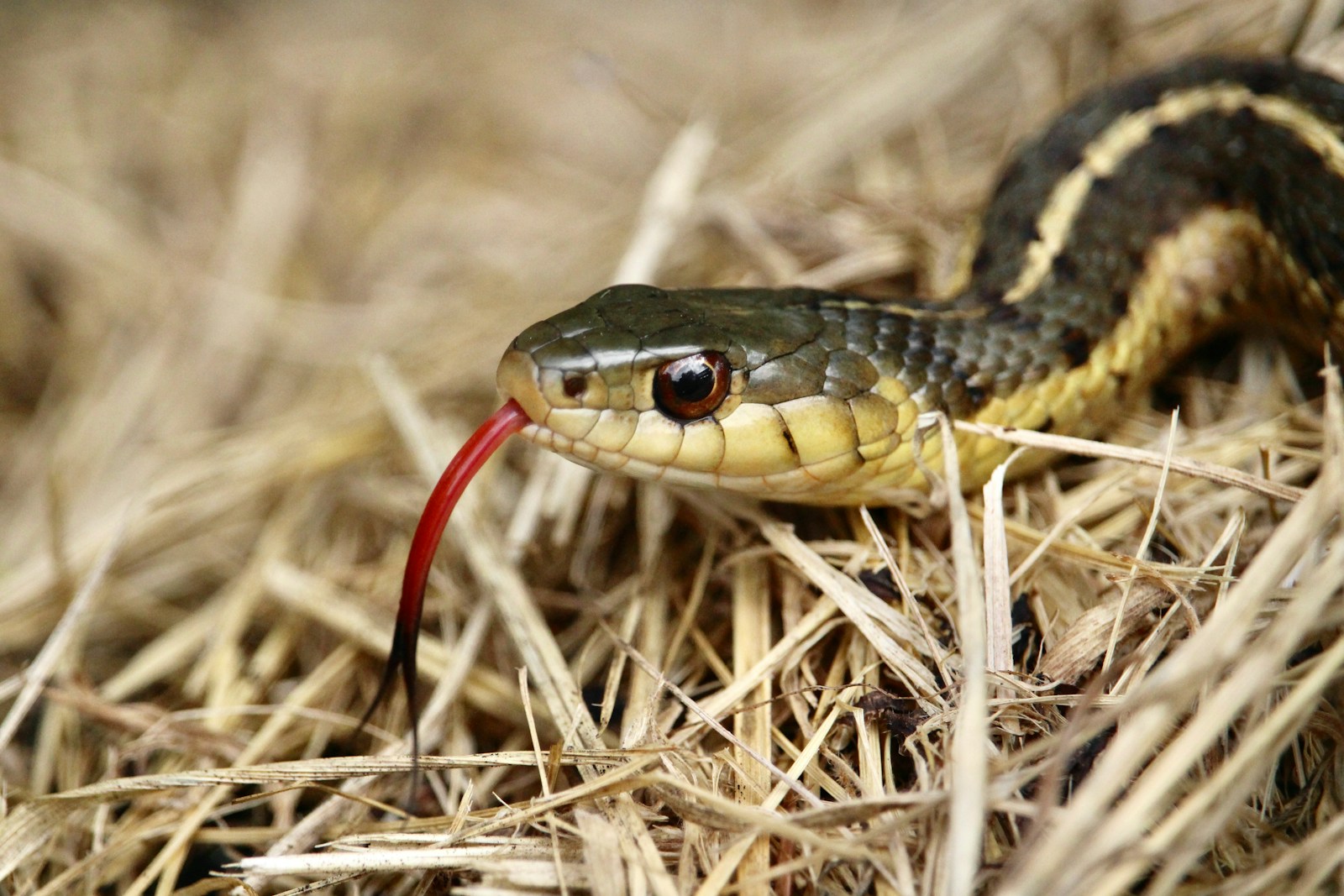
While creating a snake-safe environment, it’s important to recognize the valuable ecological role these reptiles play in controlling pest populations. Design your deterrence strategy to relocate rather than harm snakes, recognizing that they provide natural control of rodents, slugs, and other garden pests. Consider designating more distant areas of your property as “snake-friendly zones” with brush piles and natural features that provide habitat away from your primary growing areas. This balanced approach creates a win-win situation where snakes fulfill their ecological role while respecting your boundaries. Many gardeners find that after implementing comprehensive preventive measures, they can develop a more peaceful coexistence with local snake populations, appreciating their pest control services from a comfortable distance.
Educating Garden Users About Snake Safety
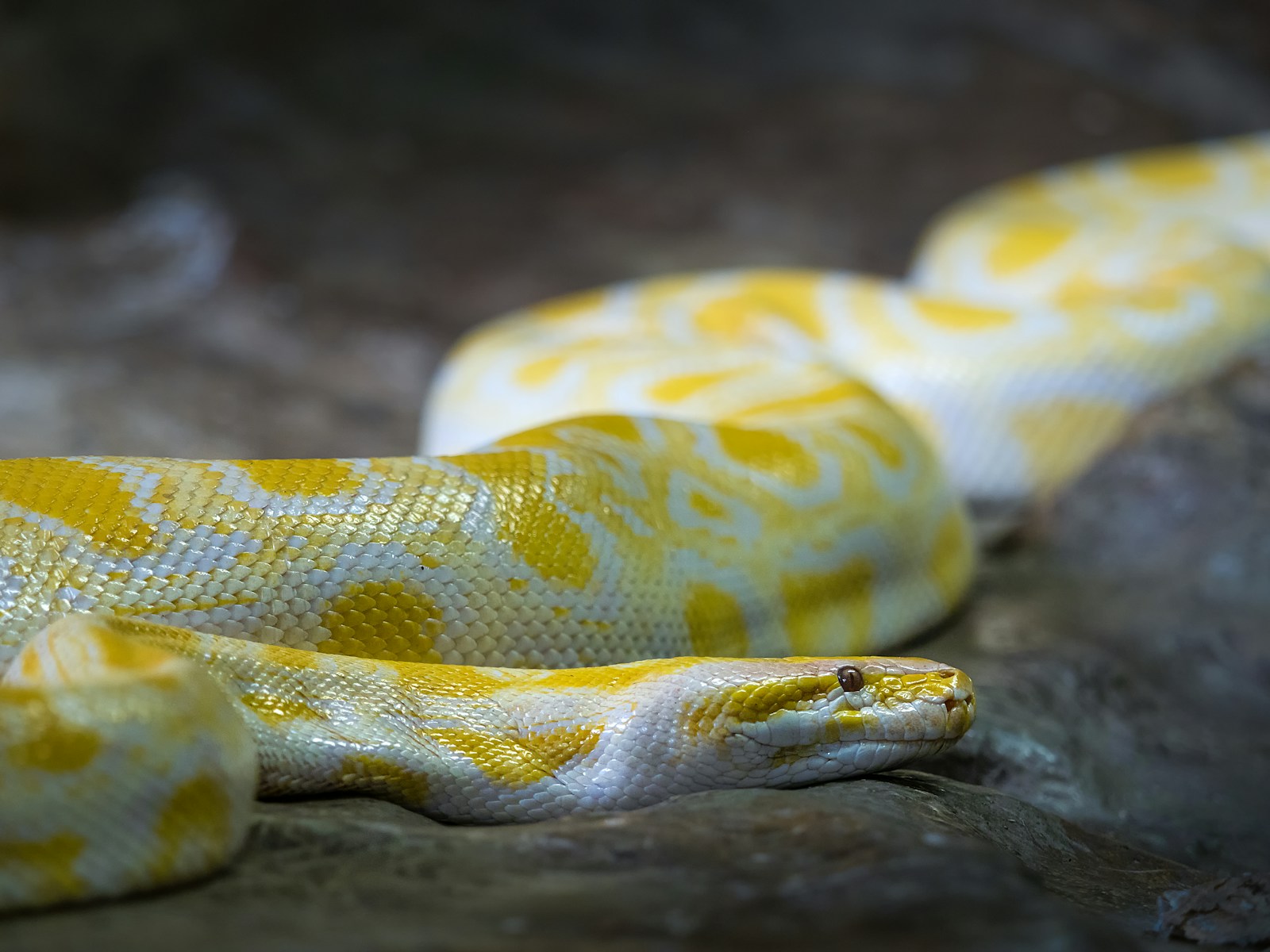
Knowledge is perhaps your most powerful tool in creating a truly snake-safe environment for everyone who uses your garden space. Educate family members, especially children, about snake identification and appropriate response behaviors like giving snakes space and avoiding sudden movements. Post identification guides for local snake species in your greenhouse or garden shed to help users distinguish between harmless and potentially dangerous visitors. Establish clear protocols for snake encounters that everyone understands, such as designated reporting procedures or specific tools to use for safe removal. This educational component transforms fear-based reactions into informed responses, reducing the risk of negative encounters for both humans and snakes that may occasionally share the garden environment despite your preventive efforts.
Conclusion

Creating a snake-safe greenhouse or garden requires thoughtful design, consistent maintenance, and an integrated approach that addresses the fundamental factors attracting snakes to garden environments. By combining structural exclusion, strategic planting, habitat modification, and sensible behavioral practices, you can dramatically reduce snake presence while still maintaining an ecologically balanced growing space. Remember that the goal isn’t to wage war on these important reptiles but rather to gently redirect them to more appropriate habitats away from your primary gardening areas. With these comprehensive strategies in place, you can enjoy peace of mind while tending to your plants, knowing you’ve created an environment that naturally guides snakes toward more suitable wild spaces where they can fulfill their ecological roles safely distant from your garden sanctuary.





